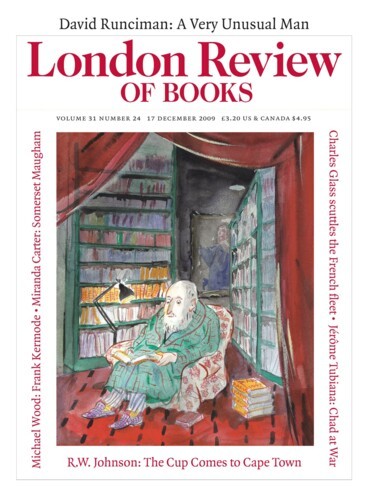Manhattan Beach in Los Angeles County is part of the so-called South Bay, south of Santa Monica. It was mostly populated by middle-class white people when I grew up there in the 1950s, and was a good place in many ways. I played volleyball on the beach, and once a year we had surfing, paddleboard and volleyball championships next to the Manhattan Pier. I graduated from the local high school, Mira Costa, in 1961. In the first months of the summer of 1970, I was on the Oregon Coast with some friends. We rented a house and dug a garden, fished for trout and crabbed at the nearby dock in Waldport. My friend Charlie Vermont, a poet, introduced me to David Shetzline and his wife, M.F. Beal, both writers, who lived up the road from us in a place called Beavercreek. We got into some swinging scenes, did some major acid, talked about the world.
Shetzline had been a student with Thomas Pynchon at Cornell in the 1950s, and he gave me Pynchon’s address in Manhattan Beach. When I went down to visit my parents, I knocked on his door. I grew up on 32nd Street and Pynchon was living on 33rd. At first he was dismissive, even paranoid. ‘Are you Pynchon?’ I said. ‘Who wants to know?’ After I’d explained my connection with Shetzline he let me in. Small one-bedroom apartment, typical beach digs, sparsely furnished. There were a couple of kids in the place and a young woman with a baby. He offered me coffee and a smoke. His diet consisted primarily of pot, coffee and Kools. We went at it verbally, some of the history of Manhattan Beach, the 1960s, LA. I told him about a commune I’d started in New Mexico in 1967, going to UCLA and studying poetry with Jack Hirschman. Tom knew about Jack and his wild classroom antics as well as his objection to the Vietnam War.
One of the things Pynchon liked was to be driven around LA by one of the young women from the neighbourhood while rehearsing his theories about the defence industry. His favourite hangout was a joint called Tommy’s which had good chilli cheeseburgers and Tom would always eat two in a hurry. He stuttered, and when he was excited, the words didn’t always flow. He told me at one point, almost vengefully, that one of his quests was to ‘keep scholars busy for several generations’. He said he had written The Crying of Lot 49 under the influence of Borges and for money, but it didn’t make money, and he dismissed it. He thought V a good effort. He was at work that summer on Gravity’s Rainbow, which he felt had real prospects. There was a pile of papers on a desk – scraps, handwritten notes, different coloured paper – and he would add to it if you said something he thought worth keeping. He said he didn’t go to the beach anymore.
His girlfriend of the time, who had a young child, was the daughter of one of the women who’d played Lois Lane in Superman on TV. The circle of friends Pynchon had was very young, mostly teenagers. I was in my mid-twenties, and by far the oldest visitor during those weeks. I got the impression Pynchon wanted no part of the middle-class adult world he was probably heir to. He got more pleasure and information from the young, and was in some ways childlike himself. He often wrote on coffee and grass; some of the riffs in the books show signs of that. Another thing we talked about a lot was the work of Rilke.
Looking back on it, I think Pynchon saw his life as mainly being concerned with writing, and experimenting with ideas in writing that nobody had tried before. I remember one day he showed me a drawerful of gun manuals. He liked to think of weapons as ambivalent sexual components of the underworld he was trying to make sense of. There was a lack of sentimentality in his approach to literature: he wanted it to be great and he wanted it to make him money. Candida Donadio was his agent in those days and I think it was made possible for Tom to do nothing but write for most of his life. And his life was guarded. As I recall, he could phone out but nobody could call him. Nobody knew his number. He also had copies of only one outfit, which he wore over and over – green cords and a purple shirt. Old friends of mine who lived near him said they had seen him on the street, but had never bothered to find out who he was. Fine with him. He had his teenage groupies and when he wasn’t writing, he partied hard with the kids. But never drank. Weed was his diversion.
As to whose books he liked, that was interesting. He loved Heller’s Catch-22, thought it the very best novel of its time. He also thought highly of John Hawkes, whose Lime Twig was important to him. He thought Hawkes as a stylist was unsurpassed. And of course Nabokov, who’d taught him at Cornell. He was interested in what David Shetzline was writing, and said that one day he would find his way back to traditional narrative. He thought the world was mad with its weaponry and paranoias, and that hasn’t changed much.
Send Letters To:
The Editor
London Review of Books,
28 Little Russell Street
London, WC1A 2HN
letters@lrb.co.uk
Please include name, address, and a telephone number.

